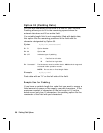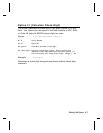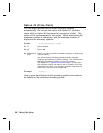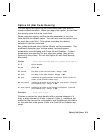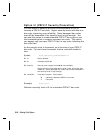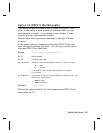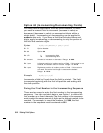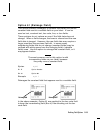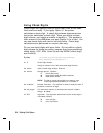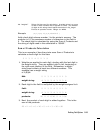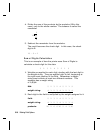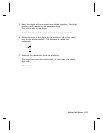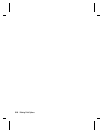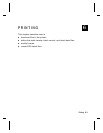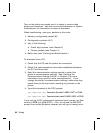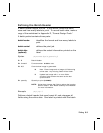
Using Check Digits
Check digits are typically used to ensure that a text or bar code
field scans correctly. If you apply Option 31, the printer
calculates a check digit. A check digit scheme determines how
the printer calculates a check digit. When you define a check
digit scheme, you assign a number to identify it. This number is
later entered in box R4 when you apply Option 31 to a field. You
can use check digits with text or bar code fields. Check digit
calculations are performed on numeric data only.
Do not use check digits with price fields. Do not define a check
digit scheme for these bar codes, because they have predefined
check digits: UPC, EAN, Code 39 (with the MOD43 check digit),
and Code 93.
Syntax
{A,selector,action,device,modulus,
fld_length,D/P,"weights" p }
A1. A Check Digit Header.
Assign a number from 1-10 to this check digit formula.
A3. action Adds a check digit scheme. Enter A.
A4. device Storage device. Options:
F Flash (9414 only)
N Non-volatile RAM (9412/9413 default)
R RAM (9414 default)
NOTE: To clear a check digit packet from memory, see
"Clearing Packets from Memory" in Chapter 3.
A5. modulus Number from 2-11. The modulus is used to divide the sum of
products or the sum of digits.
A6. fld_length The maximum number of characters the field will contain.
Range: 0 - 2710.
A7. D/P Algorithm. The algorithm determines how the check digit is
calculated.Options:
D sum of digits
P sum of products
5-14 Defining Field Options



